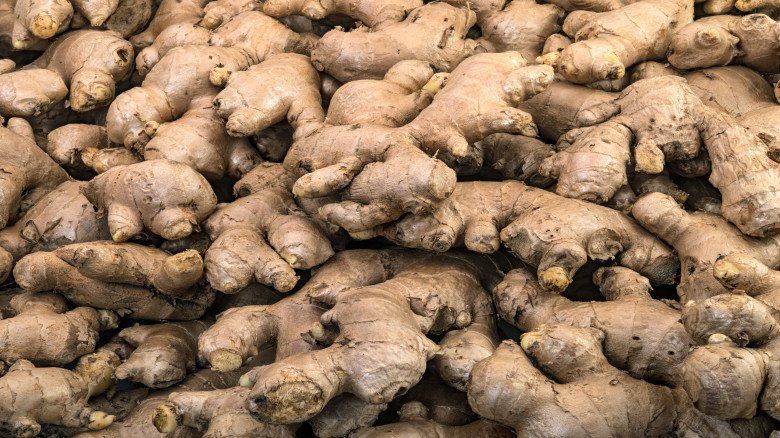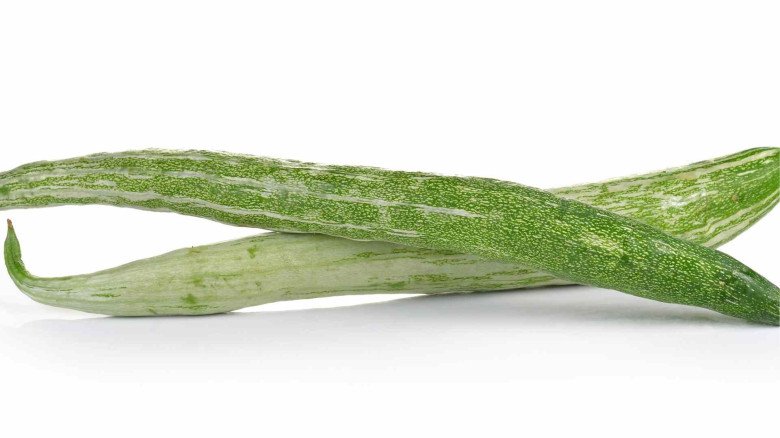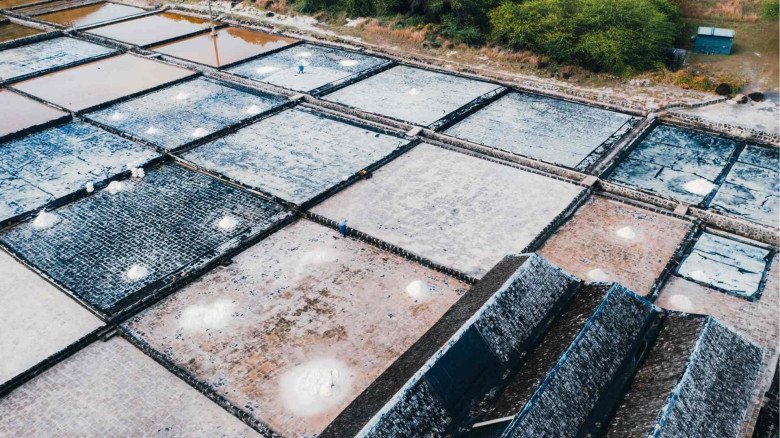Planting Arecanut | A Comprehensive Guide to Successful Cultivation
Arecanut is prized for its economic worth and adaptability, making it a highly sought-after crop in many regions of the globe. This in-depth tutorial will help you through every step of cultivation an arecanut grove, from selecting seeds to harvesting and preserving your priceless crop, if you're thinking about doing so. Arecanuts are spread via seed. An acre may support around 500 plants.
How to Plant Arecanut Seeds
First, choose premium seeds from well-established, robust trees. Seek for nuts that are weighty, plump, and have a flawless surface.
Preparing seedlings for planting: Before putting them in the field, raise them for 12 to 18 months in a covered nursery.
Season of planting | Your soil type will determine when to plant. Clayey soils should be planted in August or September, whereas well-drained soils may be planted in May or June.
Setting up the pit: Create 60 x 60 x 60 cm trenches, making sure that the drainage is adequate to avoid standing water.
Alignment and spacing | To get the most sunshine exposure, keep palms 2.7 x 2.7 meters apart and orient them north to south.
Planting technique | Press the soil containing organic manure firmly into the hole, placing the seedling in the middle with care.
Taking Care of Your Hands
Sun protection | Arecanut palms that are young are vulnerable to sunburn. To shield them from the intense noon heat, plant windbreaks or provide temporary shade.
Management of drainage: Create drainage ditches between rows to avoid standing water, particularly after a lot of rain.
Cover crops: To increase soil fertility and reduce weeds, plant green manure crops around the palms, such as Stylosanthes gracilis or Mimosa invisa.
Regularly remove weeds from the area surrounding the palm trees' bases, and then cover the area with mulch to keep moisture in and prevent weed development.
Maintenance and Fertilization
Organic manure: To improve soil quality and encourage strong plant development, apply 12 kg of organic manure per plant once a year.
Lime application: To maintain ideal pH levels in acidic soils, use lime at a rate of 0.5 kg per palm every two to three years.
Light forking: To increase aeration and manage weed development, fork the soil at the base of the palm trees on a regular basis.
Crop Intercropping and Watering
Intercropping: To optimize land use and revenue, you may intercrop in your arecanut grove with other crops like banana, pineapple, or pepper.
Watering: Make sure to give your palms frequent attention, particularly in arid weather. Irrigate your palms once every three to five days, using around 175 liters of water every irrigation, depending on the kind of soil you have. To save water in areas where there is a shortage, think about using drip irrigation.
Gathering and Preserving
Harvesting period: Five to eight years after planting, arecanut trees begin to yield fruit. The ideal kind of nuts for the market determines when to harvest them.
Method of harvesting: Traditionally, the arecanuts are pulled from the trees by climbing them. On the other hand, certain areas also have access to mechanized harvesters.
Handling and archiving: The dried entire nut known as chali or kottapak is the most widely traded kind of arecanut. After being sun-dried for 35–40 days, ripe fruits are dehusked, the kernels are removed, and they are then further dried for storage.
-logo.webp.png)
.jpg)
-logo.webp.png)


































Leave A Comment